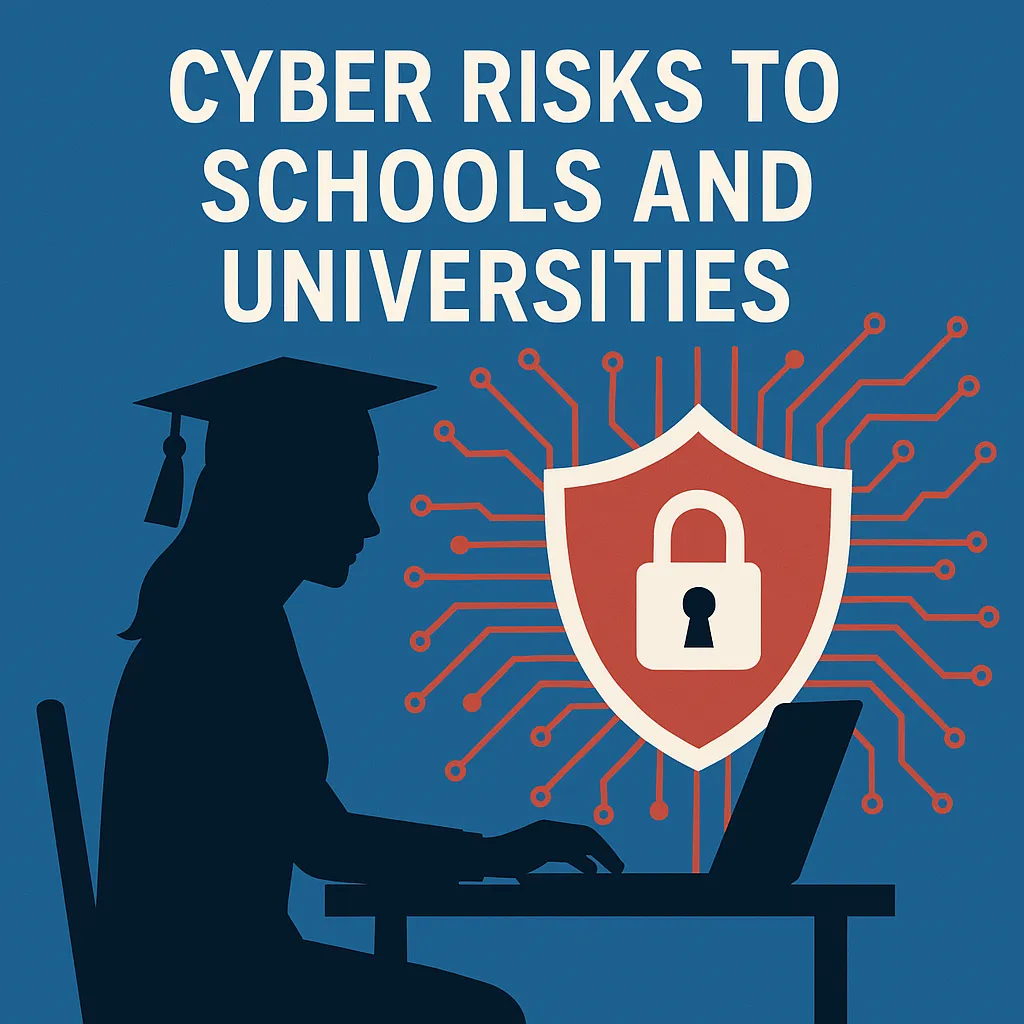Ransomware Disruption: A Learning Opportunity Beyond the Classroom
In a recent unsettling cybersecurity incident, a ransomware attack has led to the closure of a prominent UK high school, necessitating an unexpected switch to remote learning for its students. As reported on Packetstorm, this malicious disruption underscores a growing trend affecting educational institutions worldwide.
The Incident
According to the article, the attack has forced the school administration to close doors while efforts to secure and rehabilitate the IT systems are underway. Students have been directed to continue their coursework from home, highlighting the resilient yet disruptive nature of modern cybersecurity threats.
Analysis of the Attack
Ransomware, a type of malware that encrypts the victim's files and demands a ransom for the decryption key, has increasingly been used against organizations, including schools. Such attacks not only hinder day-to-day operations but also pose a significant risk to sensitive and personal data. The nature of this attack points to possible vulnerabilities within the school’s infrastructure, such as outdated systems or unpatched software, which are common entry points for attackers.
Implications and Mitigation Strategies
The incident serves as a crucial reminder for educational institutions to adopt robust cybersecurity measures. Regular updates, vigorous employee training, and the implementation of advanced threat detection systems are essential in defending against such threats. Furthermore, developing an incident response plan is vital in minimizing the impact and ensuring a swift recovery.
Conclusion and Key Takeaway
The closure of the high school due to a ransomware attack is a stark illustration of the pervasive impact of cybersecurity threats. It highlights the urgent need for comprehensive security protocols and ongoing education in cybersecurity practices. For schools everywhere, it is a call to action to safeguard not just their operational capabilities, but the future of their students. Proactive measures and readiness to respond can significantly mitigate the effects of such threats, ensuring educational continuance amidst adversities.
